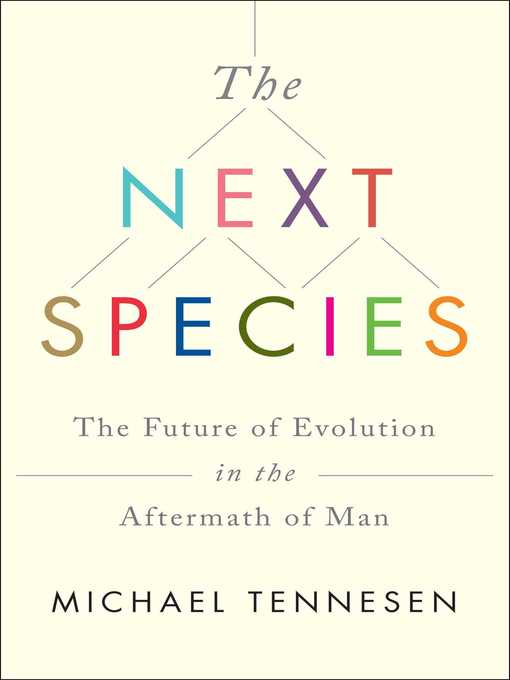
The Next Species
The Future of Evolution in the Aftermath of Man
کتاب های مرتبط
- اطلاعات
- نقد و بررسی
- دیدگاه کاربران
نقد و بررسی

January 26, 2015
With a different title, this book could have been a successful, though uninspired, account of the mass species extinction associated with the Anthropocene epoch. Science journalist Tennesen (The Complete Idiot’s Guide to Global Warming) surveys the previous five mass extinctions that have shaped life on earth and examines some of the ways in which humans are destroying habitats and biodiversity today. But despite his title, he never explores what the world might look like if humans were to vanish, or which species might expand to fill some of the ecological roles humans have dominated. Instead, Tennesen briefly delves into a very speculative future of humanity itself, with one superficial chapter focusing on the possibility of humans moving into space and colonizing Mars, and another that lightly touches on the possibility of merging artificial intelligence with humans by uploading minds to machines. Both read as afterthoughts to his central emphasis on how anthropogenic changes have impact on the biosphere. Tennesen is at his best when addressing the urgent environmental problems of today, particularly in his engaging discussion of water usage in New York City and Las Vegas. Overall, though, the book fails to come together satisfactorily.

Starred review from February 1, 2015
When an asteroid snuffed out three-fourths of the earth's species of plants and animals 65 million years ago, no human eyes observed the catastrophe. Tennesen fears, however, that humans will witness the next great extinction eventprecisely because we will have caused it. To explain the dynamics of mass extinction, Tennesen examines the fossil record, focusing on the Permian Extinction 250 million years ago, a grim phenomenon characterized by several disturbingly familiar features: greenhouse gases, rising global temperatures, and acidification of the oceans. Yet as he both scrutinizes the geological record of past disasters and contemplates the ominous possibility of another, the author stresses that evolutionary adaptability ensures life's survival. To be sure, Tennesen urges readers to support measures that might avert mass extinctions by curbing human abuses of the environment. But even if humans continue their environmental heedlessness, he foresees a future in which nature again demonstrates its astonishing power to turn oblivion into new creation. The next new creation simply might not include humans. But then again, readers also contemplate possibilities for future superhumansperhaps living on Mars or in software uploaded into computers. Simultaneously sobering and exhilarating, this wide-ranging survey of disasters highlights both life's fragility and its metamorphosing persistence.(Reprinted with permission of Booklist, copyright 2015, American Library Association.)

























دیدگاه کاربران